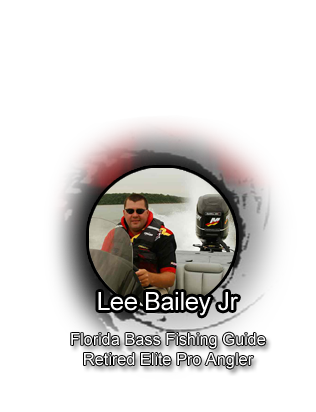How to Fish Jigs for Bass

Jig Tactics For Bass consist of a weighted head attached to a hook. Some jig styles include a silicone or hair skirt that covers the hook. A plastic trailer bait is used that the angler adds to the hook. The weighted heads were originally made from lead, but newer premium jigs are now using tungsten. This is denser than lead, but comes at a higher price point.
Different types of jigs are used to imitate either bottom-dwelling prey, like crawfish, or swimming prey, like baitfish. They are not conventionally used to imitate top-water/surface dwelling prey, like frogs or baitfish on the surface. Jigs can effectively mimic crawfish and baitfish, two favorite food sources for bass. They are typically viewed by these fish as prey. This is why they are so effectively used to target bass by anglers.
Most jigs are fished with a soft-plastic trailer bait attached to them. Originally, these trailer baits were made of stamped pieces of pork skin. That is where term “jig-n-pig” came from, which is a jig with a pork trailer on the hook. Today, soft plastic baits are the most common trailers for jigs, and are available in limitless styles and colors. Soft Plastic “chunk” baits are specifically designed to be used as jig trailers. Traditional soft plastic craws, creatures, and swimbaits can also be used as jig trailers. We’ll go into this in more depth for each style of jig.
Jig Tactics For Bass Styles:
There are several styles of jigs, each with their own special purchase. While some jigs can overlap to perform the duties of other jigs. Yet each one is designed with characteristics that make it best at its designated task.
- Flipping Jigs: Flipping Jigs (or “flippin jigs”) are designed to be fished in dense cover. It could be grass, weeds, submerged timber, laydown trees, under docks, or anywhere else. These jigs are usually fished with a craw or creature trailer. The intent is mimicking a crawfish or other bottom dwelling creature.
- Football Jigs: Football jigs feature a weighted head that is similar in shape to a football or rugby ball. This head shape assists it in its primary purpose – to crawl along the bottom in hard-bottom/rocky areas without getting snagged. Football jigs are often fished with craw or creature trailers. This is in order to mimic a crawfish, which are often found in these same rocky areas.
- Finesse Jigs: Finesse jigs fill the need for smaller/lighter lures at times compared to larger flipping and football jigs. While flipping and football jigs are usually produced in sizes of 1/4oz or larger, finesse jigs are typically smaller weights like 1/16oz and 1/8oz, up to 1/4oz. Finesse jigs can have flipping or football shaped heads, or ball heads which give some characteristics of both. When imitating bottom-dwelling prey, craw trailers are often used on finesse jigs.
- Swim Jigs: Swim jigs differ from the previous three jigs in that they are not used to imitate bottom-dwelling prey, but instead to imitate swimming prey. Swim jigs do not always feature a weed guard, as they are sometimes fished in open water that does not require it. However, a weed guard is recommend if grass or other snags are present
Where to fish Jig Tactics For Bass:
Flipping and finesse jigs can be fished near docks, brush, weeds/grass, and lily pads/pad stems that are situated on flat, shallow spawning areas. Swim jigs can quickly cover vast areas on a spawning bed with a simple swimming retrieve. Bass can be sight fished with jigs this time of year as well.
Equipment:
When fishing with Jigs, it’s important to choose the right gear to get the most out of your lures. A medium-heavy to heavy spinning or baitcasting rod with a fast action is generally best for fishing these baits. The rod should have enough backbone to set the hook and control the fish but also have some flexibility to work the bait and give it a natural look. As for the reel, a baitcasting reel with a high gear ratio is a popular choice for fishing creature baits. The line should be strong enough to handle the weight of the fish and the cover you’re fishing in, but also thin enough to give the bait a natural look. A 20-30 pound test braided line with a fluorocarbon leader is a common setup for fishing these baits.
Tip:
Whether flipping, pitching or punching thick vegetation. hold your line with one finger. The bites on the jig are some of the softest and lightest bites you will ever encounter. When you feel the bite give the fish a second before setting the hook. This will greatly increase your bite to catch ratio.
If you’re not using this versatile big fish catching bait, you are missing out. Jigs can be used in a variety of situations and are effective almost all year. They are exceptionally effective during the pre-spawn when bass are looking for an easy meal. Tie one on and give it a try this year, you will be glad you did.
“Catch The Dream!”




